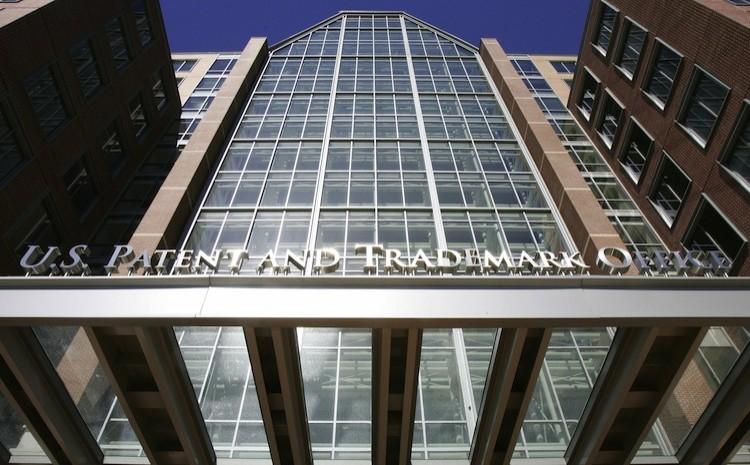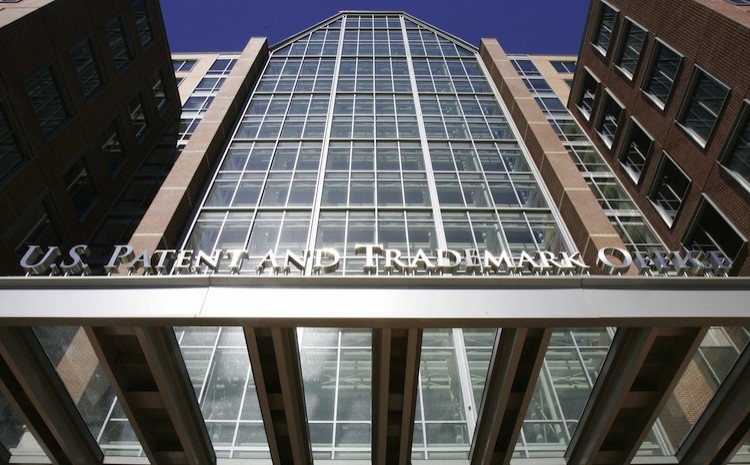America’s 200-year-old patent system is about to be reformed, and the changes will cut out the very heart of innovation in this country, warn many independent inventors, small business owners, and manufacturers, angel investors and venture capitalists.
“We are playing Russian roulette with the basis of the American economy, which is innovation,” said Kevin Kearns, president of the U.S. Business and Industry Council (USBIC).
Critics say the reforms will devastate opportunities for the disruptive innovators of the future—the start-ups and independents who could invent the next iPhone challenger, for example. It will also promote the domination of patents, and patent license ownership, by larger companies, while small business operations decline.
Favored are large companies that have engineers and management teams in house, and patent lawyers on the payroll who can bring applications to the United States Patent and Trademark Office (USPTO) frequently, and quickly. The model supports incremental innovation, meaning the continuous updates to existing technologies, such as bi-yearly releases of the iPhone, the iPhone3G, the iPhone 3GS, the iPhone 4, and so on.
With each patent application requiring time and attention away from the creative process of innovation, thousands in lawyer’s fees, sufficient documentation to prove that an idea is original, and a potential legal defense against challengers to the patent, a key change in the law will push the little guy out of the field a lot more than those who crafted the law intended, critics say.
“It is no problem for [large companies] to pull over a couple of guys to get applications down to the office, but for the rest of us Americans who depend on university spin offs, little research centers, and just individual brilliance, I think its a massive problem,” Kearns said.
The biggest flashpoint centers on a proposed shift away from the current “first to invent” system, to a “first to file” model similar to that used in Europe, and how the change will affect the creative innovation process.
Until now, a one-year grace period has protected inventors like Eli Whitney, inventor of the cotton gin, the Wright brothers, Alexander Graham Bell, and Thomas Edison—men who revolutionized their respective industries.
What the grace period allows is the ability of inventors to publicly display their inventions, and use the exposure to attract investors who can help commercialize the product—all before having to file for a patent. First to invent protects the inventor during this grace period and gives struggling inventors a leg up. Some inventors may opt to keep their innovation secret to protect it, and then still use the grace period to claim first to invent.
If someone else tries to file with the same invention, as long as the inventor can prove the date of conception of the original idea, and it is within a year, the patent goes to him. This is what is called the first to invent system, and this process has guided the nation for two centuries, spurring innovation and the dynamism of the current economy.
Todd O. McCracken, President of the National Small Business Association wrote in a letter to Senate Majority Leader Harry Reid, the “grace period patent system has been a major mechanism for the dynamism of small-business innovation,” guaranteeing that “only carefully and well-developed inventions are patented and at much less expense to the applicant than in first-to-file countries.”
Most other industrialized nations use the “first to file” model, meaning whoever wins the race to the patent office, gets the patent. Supporters of the bill argue that harmonization on a global scale is preferable, and makes it easier for companies to compete on a level playing field.
The NSBA suggested in a letter that other nations should harmonize with the United States, not the other way around.
“It is clear that the weak or (entirely absent) grace periods used in the rest of the world’s first-to-file patent system throttles small-business innovation and job creation,” said McCracken.
“Some small firms will lose their patent protection altogether, as they will be unable to afford a doubling of their application filing rate,” he added.
Bill Mashek, spokesperson for the Coalition for 21st Century Patent Reform, which is a coalition of multinational companies, said the first to invent system “is not a real clear system, and it causes conflict, and delays.”
“If you move the country to a first inventor to file, it provides greater clarity. It is pretty clear who gets to the office and makes a filing,” he said.
Next...Big Versus Small
Big Versus Small
H.R. 1249, the Leahy-Smith America Invents Act, has a tremendous amount of support in Congress and the administration. In a recent press conference President Obama called the bill a job creator, and asked Congress to bring the bill to his desk so he could sign it.
The current legislation and variations of it have been worked on for over six years. It passed in the House 304-117 on Jun. 23. It has been unanimously approved by the Senate Judiciary Committee, and Reid is expected to put the bill up for a Senate vote some time this week. An earlier version of the legislation passed in the Senate in March in a 95-5 vote.
“Reforming our patent system is a critical priority whose time has more than come. It is essential to growing our economy, creating jobs and promoting innovation in our nation,” said co-sponsor Sen. Orrin Hatch (R-Utah), in a statement.
The legislation is supported by business heavyweights, such as General Mills, GlaxoSmithKline, Dow Chemical Company, IBM, Intel, the U.S Chamber of Commerce, and the Financial Services Roundtable, all of whom have been closely involved in lobby efforts and in influencing its direction.
NSBA’s McCracken, who represents 150,000 small businesses across the nation, says they, and a number of other concerned organizations, including the American Innovators for Patent Reform, have not had a seat at the negotiating table in the last four Congresses.
These organizations say that U.S. politicians simply do not understand how innovation in the country works. Small businesses are responsible for five times as many patents as large companies, and 20 times more than universities. Small businesses also boost higher rates of commercialization and are more likely to bring emerging technologies to market.
“Large patenting firms have very little expertise in how small-business patenting firms operate, set priorities, balance resources, and file patent applications. On these matters, the Senate ought to defer to the innovative, small firms and independent inventors that are supplying the U.S. with its most important breakthrough technologies and new jobs, and not the large, multinational firms that are trying to gut the American grace period,” wrote McCracken.
One of the few voices of dissent coming out of Congress, Rep. John Conyers Jr. (D-Mich.), has begun a Dear Colleague’s letter opposing the proposed patent reform. Conyers characterizes the legislation as a “special interest bill” that will “cost jobs, harm small start-up inventors, and stifle innovation and investment here in the United States.”
The letter lists over 80 organizations against the legislation, including a number of universities and research-related interests, civil rights groups, conservative and religious groups, the U.S. Business and Industry Council, the National Association of Realtors, the American Bar Association, and Breast Cancer Action.
If the legislation passes, Kearns and others predict a series of legal challenges to the constitutionality of three key provisions. One of them is the first-to-file. The second relates to a rule expanding the scope of allowable submissions of artwork, which applies to challenges of new applications. The third is Section 18, a provision authored by Sen. Chuck Schumer (D-N.Y.) that gives special preference to Wall Street to make legal challenges to previously litigated patents.
Kearns predicts that rather than create jobs, the legislation, which would not go into effect until 2013, will lead to “massive legal uncertainty.”
Who would want to spend tens of thousands of dollars to file an application when the rules and regulations, and future of the patent system, are in flux? Kearns said.







Friends Read Free